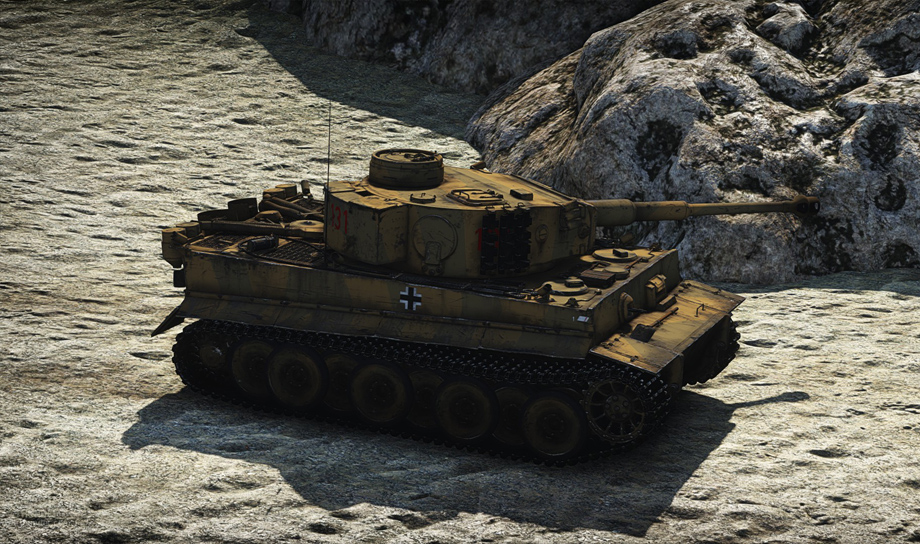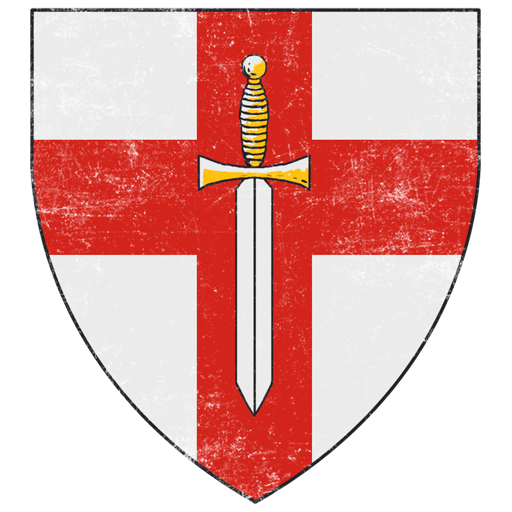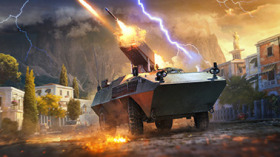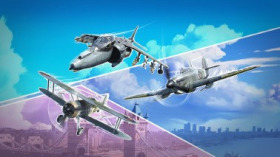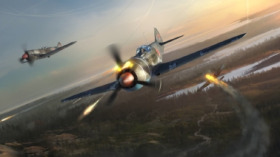
- For PC
- For MAC
- For Linux
- OS: Windows 10 (64 bit)
- Processor: Dual-Core 2.2 GHz
- Memory: 4GB
- Video Card: DirectX 11 level video card: AMD Radeon 77XX / NVIDIA GeForce GTX 660. The minimum supported resolution for the game is 720p.
- Network: Broadband Internet connection
- Hard Drive: 17 GB
- OS: Windows 10/11 (64 bit)
- Processor: Intel Core i5 or Ryzen 5 3600 and better
- Memory: 16 GB and more
- Video Card: DirectX 11 level video card or higher and drivers: Nvidia GeForce 1060 and higher, Radeon RX 570 and higher
- Network: Broadband Internet connection
- Hard Drive: 95 GB
- OS: Mac OS Big Sur 11.0 or newer
- Processor: Core i5, minimum 2.2GHz (Intel Xeon is not supported)
- Memory: 6 GB
- Video Card: Intel Iris Pro 5200 (Mac), or analog from AMD/Nvidia for Mac. Minimum supported resolution for the game is 720p with Metal support.
- Network: Broadband Internet connection
- Hard Drive: 17 GB
- OS: Mac OS Big Sur 11.0 or newer
- Processor: Core i7 (Intel Xeon is not supported)
- Memory: 8 GB
- Video Card: Radeon Vega II or higher with Metal support.
- Network: Broadband Internet connection
- Hard Drive: 95 GB
- OS: Most modern 64bit Linux distributions
- Processor: Dual-Core 2.4 GHz
- Memory: 4 GB
- Video Card: NVIDIA 660 with latest proprietary drivers (not older than 6 months) / similar AMD with latest proprietary drivers (not older than 6 months; the minimum supported resolution for the game is 720p) with Vulkan support.
- Network: Broadband Internet connection
- Hard Drive: 17 GB
- OS: Ubuntu 20.04 64bit
- Processor: Intel Core i7
- Memory: 16 GB
- Video Card: NVIDIA 1060 with latest proprietary drivers (not older than 6 months) / similar AMD (Radeon RX 570) with latest proprietary drivers (not older than 6 months) with Vulkan support.
- Network: Broadband Internet connection
- Hard Drive: 95 GB
Pz.Kpfw. VI Tiger I Ausf. H1 from the 504th Heavy Tank Battalion, captured at Djebel Djaffa, Tunisia on the 21st April 1943, camouflage made by -zFireWyvern/ | download here
There is a lot of ghosts with smoke and mirrors about the story of the actual capture of the Tiger 131 in Africa, several books have claims of things done that have since been shrouded in doubt from letters to the Bovington museum from Douglas Lidderdale prior to his death. What we do know, is that it was a matter of priority to capture a Tiger by any means possible. The then Major Lidderdale was tasked with the supervision of the recovery operation on a machine that caused a lot of fear in the Allied ranks, it was commonly called “Tigerphobia”. It was the 48th Royal tank Regiment that played the vital part in the capture of the 131, the unit had been sent to Tunisia to fight against the German forces there in April 1943.
 |
| The King inspects a captured German Tiger I tank in Tunis, June 1943. |
It was several months earlier that the British forces had encountered the Tiger and the Churchills were no match. The Tiger crews also were under orders to destroy the Tiger if it became unable to fight, which they did to stop the Tiger from being captured. This order in itself hampered the allies with the knowledge they needed to combat against it, but that was soon to change.
A then young Lt. Gudgin recalls the events leading up to the capture "As we advanced towards our objectives we could see no sign of the enemy," "But suddenly my fellow troop leader's tank erupted in an enormous explosion. Before l had chance to locate the source of this shot, my tank was hit by a shot which passed through the front plate, through the fighting compartment, and into the engine, setting it ablaze." The Lt and his crew bailed from the burning tank lucky to survive with only minor injuries. The next day he recalls going back to the engagement area to find a site that was beyond belief. There sat an abandoned Tiger, this was the first time the allied forces had seen the tank that caused so much grief up close.
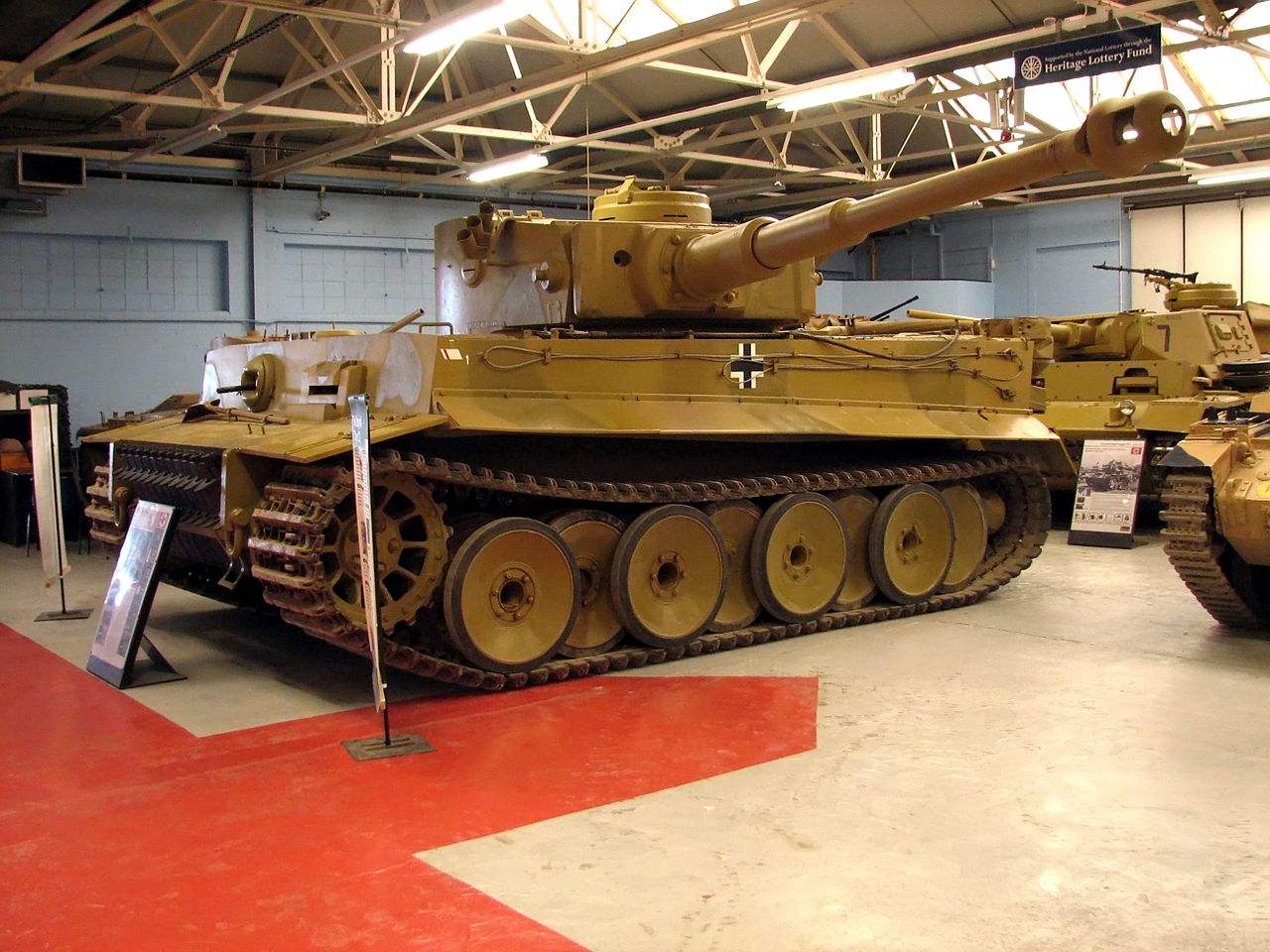 |
|
Tiger 131 at The Tank Museum in Bovington, England, 2008. |
It was recorded in the unit’s diary "Crew members of Tiger 131 panic and abandon the tank after it was two harmless hits from a Churchill." It has been said that the crew of the Tiger panicked and left the Tiger intact, their fate was unknown. After closer inspection to the 131 the 6 and 8 pdr hits were far from harmless as a round hit the underside of the 88’s barrel and was lodged in the turret ring, deeming the tank unserviceable. That same round also split the weld on the top plate which shattered the radio inside the 131. This fact alone ment the Tiger was not invincible. After the 131 had been inspected by several high ranking personnel the Tiger was then moved under it’s own power to La Goulette bound for the harbour there.
It traveled via Bizerta on 3 August in Landing Craft, Tank (4) No. 568. and from there to Bone on the Empire Candida, there it was transferred to the SS Ocean Strength (Captain William Rickard) to Glasgow arriving 8th October 1943. October 20th 1943 the Tiger 131 was taken to Surrey to the Department of Tank Design where it was displayed at the Horse Guards Parade. November that same year the 131 was completely dismantled for technical evaluation. It was not until September 25th 1951 the Tiger 131 was officially handed over to the Bovington Tank Museum.
Author: Andrew “Chaos_Tzeentch” O’sullivan
In honour of the British soldiers from the 1st Army, we present to you a decal of this group which will be included in one of the upcoming updates:
Decal made by Jej 'CharlieFoxtrot' Ortiz
